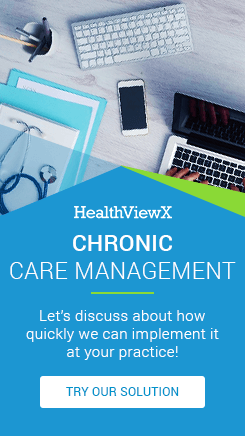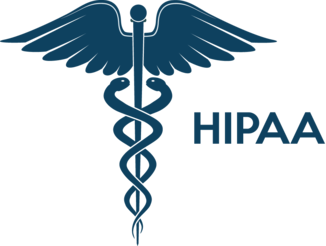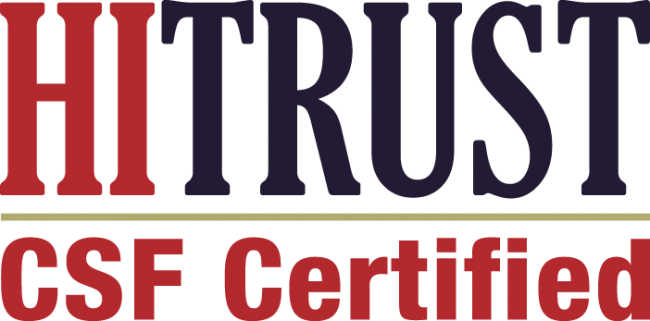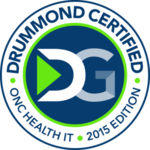In today’s complex healthcare landscape, referral management can make or break the patient experience. When patients are referred to specialists or other providers, they expect seamless coordination and timely care. Yet traditional referral processes often involve faxes, phone calls, and manual tracking that lead to delays, lost referrals, and frustrated patients.
An effective referral management system transforms this chaotic process into a streamlined workflow that benefits patients, referring providers, and specialists alike. But how do you know if a referral management platform is truly effective? Here are 10 signs to look for.
1. End-to-End Visibility and Tracking
The most critical feature of an effective referral management system is complete visibility into every referral’s status. From the moment a referral is created until the patient completes their specialist appointment, all stakeholders should be able to track progress in real-time.
An effective system eliminates the black hole where referrals disappear after being sent. Healthcare coordinators can instantly see which referrals are pending, which have been scheduled, and which patients have completed their appointments. This transparency reduces the administrative burden of follow-up calls and ensures no patient falls through the cracks.
HealthViewX Approach: The HealthViewX Referral Management Platform provides a centralized dashboard with real-time status updates for all referrals. Care coordinators can monitor the entire referral lifecycle, set automated reminders, and receive alerts when action is needed, ensuring every referral reaches completion.
2. Seamless Integration with Existing Systems
Healthcare organizations already work with multiple systems including EHRs, practice management software, and billing platforms. An effective referral management system should integrate seamlessly with these existing tools rather than creating another data silo.
Look for platforms that offer bi-directional integration with major EHR systems. This means referral data flows automatically between systems without manual data entry, reducing errors and saving valuable staff time.
HealthViewX Approach: HealthViewX integrates with leading EHR systems and healthcare IT infrastructure, enabling automatic data synchronization. Clinical information, patient demographics, and referral details flow seamlessly between systems, creating a unified workflow that doesn’t disrupt existing processes.
3. Intelligent Referral Routing and Matching
Not all specialists are the same. An effective system should intelligently match patients with the most appropriate providers based on multiple criteria including specialty, insurance acceptance, location, availability, and even patient preferences.
This intelligent routing ensures patients get appointments with the right providers faster, improving clinical outcomes and patient satisfaction while maximizing network utilization.
HealthViewX Approach: The platform uses smart routing algorithms to match patients with appropriate specialists based on clinical requirements, insurance coverage, geographic proximity, and provider availability. This ensures optimal referral placement while respecting patient choice and network parameters.
4. Automated Communication and Notifications
Manual phone calls and faxes waste countless hours in healthcare organizations. An effective referral management system automates communication between referring providers, specialists, and patients.
Automated notifications should alert all parties when referrals are received, when appointments are scheduled, and when action is required. Patients should receive reminders about upcoming appointments, reducing no-show rates.
HealthViewX Approach: HealthViewX automates communication workflows with customizable notification templates. Patients receive appointment reminders via their preferred channels (text, email, or phone), while providers get real-time alerts about referral status changes. This reduces administrative overhead and keeps everyone informed.
5. Closed-Loop Referral Process
A referral shouldn’t end when an appointment is scheduled. True referral management requires closing the loop by ensuring the patient attends the appointment and that clinical information flows back to the referring provider.
An effective system tracks appointment attendance, captures consultation notes from specialists, and delivers this information back to referring providers. This closed-loop process ensures continuity of care and keeps primary care physicians informed about their patients’ specialist visits.
HealthViewX Approach: HealthViewX enforces closed-loop referral workflows by tracking appointment completion and facilitating the return of consultation notes and care recommendations back to referring providers. This ensures continuity of care and maintains the referring provider’s role as the care coordinator.
6. Robust Analytics and Reporting
You can’t improve what you don’t measure. An effective referral management system should provide comprehensive analytics on referral patterns, completion rates, time-to-appointment, and network performance.
These insights help healthcare organizations identify bottlenecks, optimize their referral networks, and demonstrate value to payers and partners. Look for dashboards that visualize key metrics and allow for custom reporting.
HealthViewX Approach: The platform includes powerful analytics capabilities with customizable dashboards and reports. Organizations can track referral leakage, measure time-to-appointment metrics, analyze specialist utilization, and identify opportunities for network optimization. These insights drive continuous improvement in referral operations.
7. Patient-Centric Experience
An effective referral management system should empower patients rather than leaving them passive participants in the process. Patients should be able to view their referral status, select from available specialists, and schedule appointments through convenient digital channels.
Self-service capabilities reduce call center volume while giving patients the control and transparency they expect in today’s digital age.
HealthViewX Approach: HealthViewX offers a patient portal where individuals can view referral details, compare available specialists, select their preferred provider, and schedule appointments online. This patient-centric approach improves satisfaction while reducing administrative burden on care coordination teams.
8. Compliance and Security Features
Healthcare referrals involve sensitive patient information that must be protected according to HIPAA and other regulations. An effective system should have robust security features including encryption, audit trails, and role-based access controls.
Additionally, the platform should help organizations maintain compliance with network adequacy requirements and track whether referrals stay within approved networks.
HealthViewX Approach: HealthViewX is built with healthcare compliance at its core, featuring HIPAA-compliant data encryption, comprehensive audit logs, and role-based access controls. The platform helps organizations maintain regulatory compliance while protecting patient privacy throughout the referral process.
9. Scalability and Flexibility
Healthcare organizations grow and change. An effective referral management system should scale to accommodate increasing referral volumes and adapt to evolving workflows without requiring extensive reconfiguration.
Look for cloud-based platforms that can handle growth seamlessly and offer configuration options that allow you to customize workflows to match your organization’s unique processes.
HealthViewX Approach: As a cloud-based platform, HealthViewX scales effortlessly to support organizations of all sizes, from small physician groups to large health systems. The configurable workflow engine allows organizations to customize referral processes without coding, adapting to unique requirements while maintaining best practices.
10. Support for Value-Based Care Models
As healthcare shifts toward value-based care, referral management becomes even more critical. An effective system should support narrow networks, track in-network referral rates, and provide data that demonstrates quality and cost-effectiveness.
The platform should help organizations manage preferred provider relationships, ensure patients access high-quality specialists, and provide the data needed for success in risk-based contracts.
HealthViewX Approach: HealthViewX supports value-based care initiatives by helping organizations manage preferred provider networks, track network compliance rates, and measure outcomes associated with referral patterns. The platform provides the visibility and control needed to succeed in value-based payment models while ensuring patients receive high-quality specialty care.
Conclusion
An effective healthcare referral management system is far more than a digital replacement for fax machines. It’s a comprehensive platform that orchestrates complex workflows, improves patient experiences, ensures care continuity, and provides the data needed for continuous improvement.
The 10 signs outlined above represent the gold standard in referral management technology. Organizations evaluating referral management solutions should look for platforms that deliver on all these dimensions.
The HealthViewX Referral Management Platform embodies these principles, offering healthcare organizations a comprehensive solution that addresses the full spectrum of referral management challenges. By combining intelligent automation, seamless integration, patient-centric features, and powerful analytics, HealthViewX helps organizations transform referral management from an administrative burden into a strategic advantage.
In an era where patient experience and care coordination are paramount, investing in an effective referral management system isn’t just about operational efficiency, it’s about delivering the seamless, coordinated care that patients deserve and that value-based care models demand.
Ready to transform your referral management process? Discover how HealthViewX can help your organization achieve referral excellence and improve patient outcomes.


